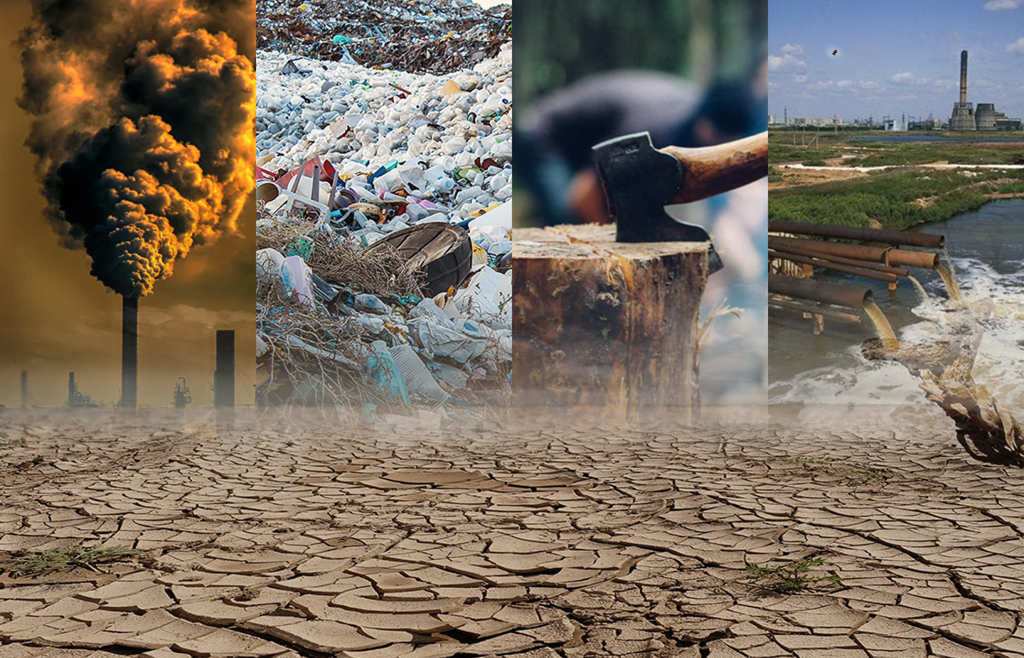Planning ahead becomes easier when you know exactly when the public holidays fall. The Pakistan Public Holidays 2026 calendar includes national days, religious festivals, bank holidays, and observances that impact businesses, schools, and travel plans across the country.
Whether you’re organizing work schedules, planning vacations, or managing business operations, this complete guide to Pakistan’s public holidays in 2026 will help you stay prepared.
Complete List of Pakistan Public Holidays 2026
Below is the officially observed list of public and bank holidays in Pakistan for 2026:
- January 1 (Thursday) – New Year Bank Holiday
- February 5 (Thursday) – Kashmir Solidarity Day
- February 19 (Thursday) – Start of Ramadan (Bank Holiday)
- March 21 (Saturday) – Eid-ul-Fitr (End of Ramadan)
- March 22 (Sunday) – Eid-ul-Fitr Holiday
- March 23 (Monday) – Eid-ul-Fitr Holiday & Pakistan Day
- May 1 (Friday) – Labour Day
- May 27 (Wednesday) – Eid-ul-Azha
- May 28 (Thursday) – Eid-ul-Azha Holiday & Youm-e-Takbeer
- June 25 (Thursday) – Ashura (9th Muharram)
- June 26 (Friday) – Ashura (10th Muharram)
- July 1 (Wednesday) – July Bank Holiday
- August 14 (Friday) – Independence Day
- August 25 (Tuesday) – Eid Milad-un-Nabi (PBUH)
- November 9 (Monday) – Allama Iqbal Day
- December 25 (Friday) – Quaid-e-Azam’s Birthday / Christmas
- December 26 (Saturday) – Second Day of Christmas (for Christians)
Religious and National Significance
Pakistan’s holiday calendar reflects its cultural and religious diversity. Major Islamic events like Eid-ul-Fitr, Eid-ul-Azha, Ashura, and Eid Milad-un-Nabi (PBUH) are observed nationwide, while national days such as Pakistan Day, Independence Day, and Quaid-e-Azam’s Birthday honor the country’s history and leadership.
Christian communities also observe Christmas Day and Boxing Day, ensuring inclusivity across the nation.
How These Holidays Impact Businesses and Banks
- Bank holidays affect financial transactions and clearing schedules.
- Government holidays may lead to office closures and service delays.
- Private businesses often adjust operations based on long weekends and religious events.
Advance planning helps businesses manage staffing, logistics, and customer expectations more effectively.
Why Planning Around Public Holidays Matters
Knowing Pakistan’s public holidays in advance allows individuals and organizations to:
- Plan travel and vacations efficiently
- Manage work deadlines and productivity
- Schedule events and campaigns strategically
- Avoid last-minute disruptions
With several holidays falling on weekdays in 2026, smart planning can help maximize time off.
Final Thoughts
The Pakistan Public Holidays 2026 calendar offers a balanced mix of religious, national, and cultural observances. Keeping this list handy will help you plan smarter—whether for work, travel, or family time.
Stay organized, plan ahead, and make the most of the year.















